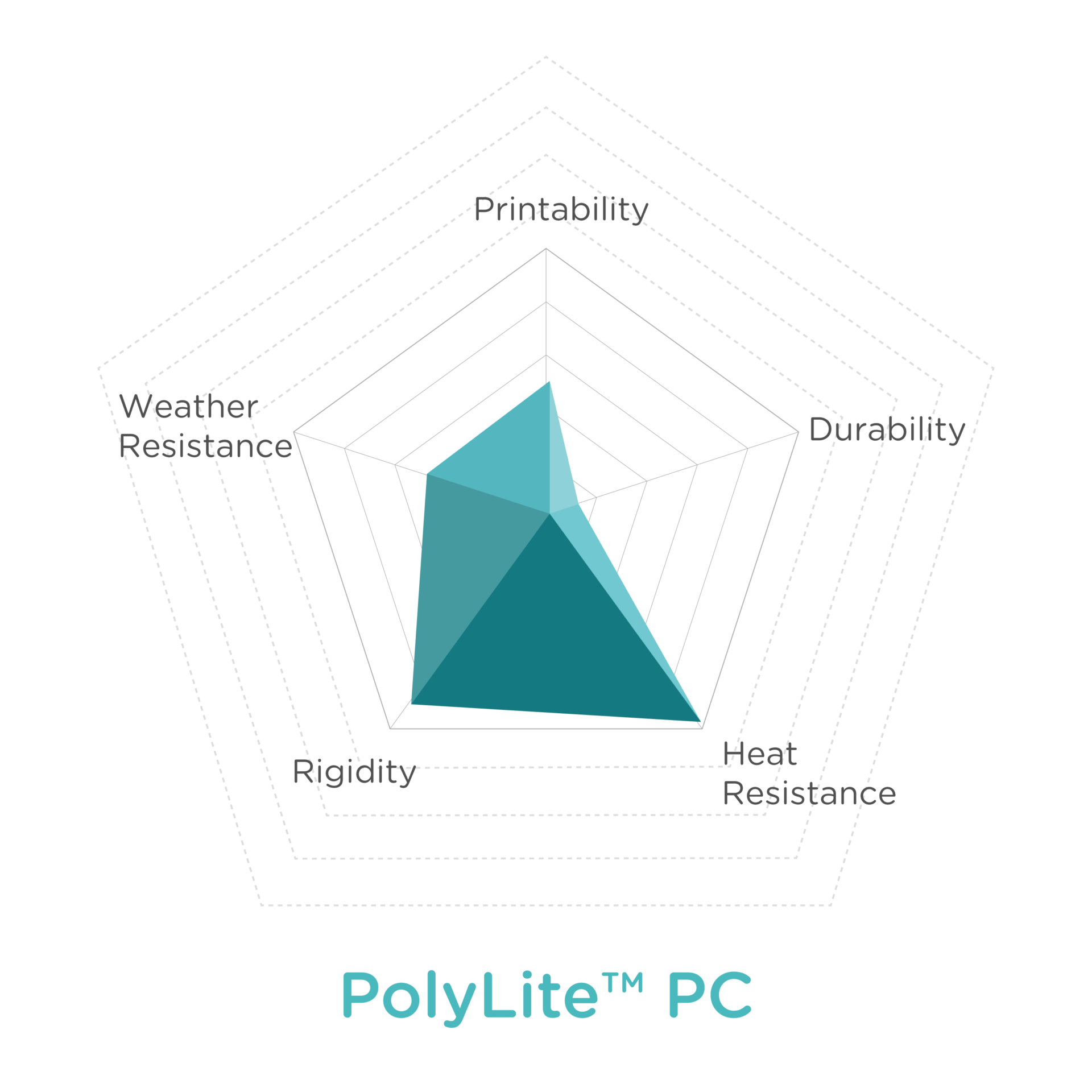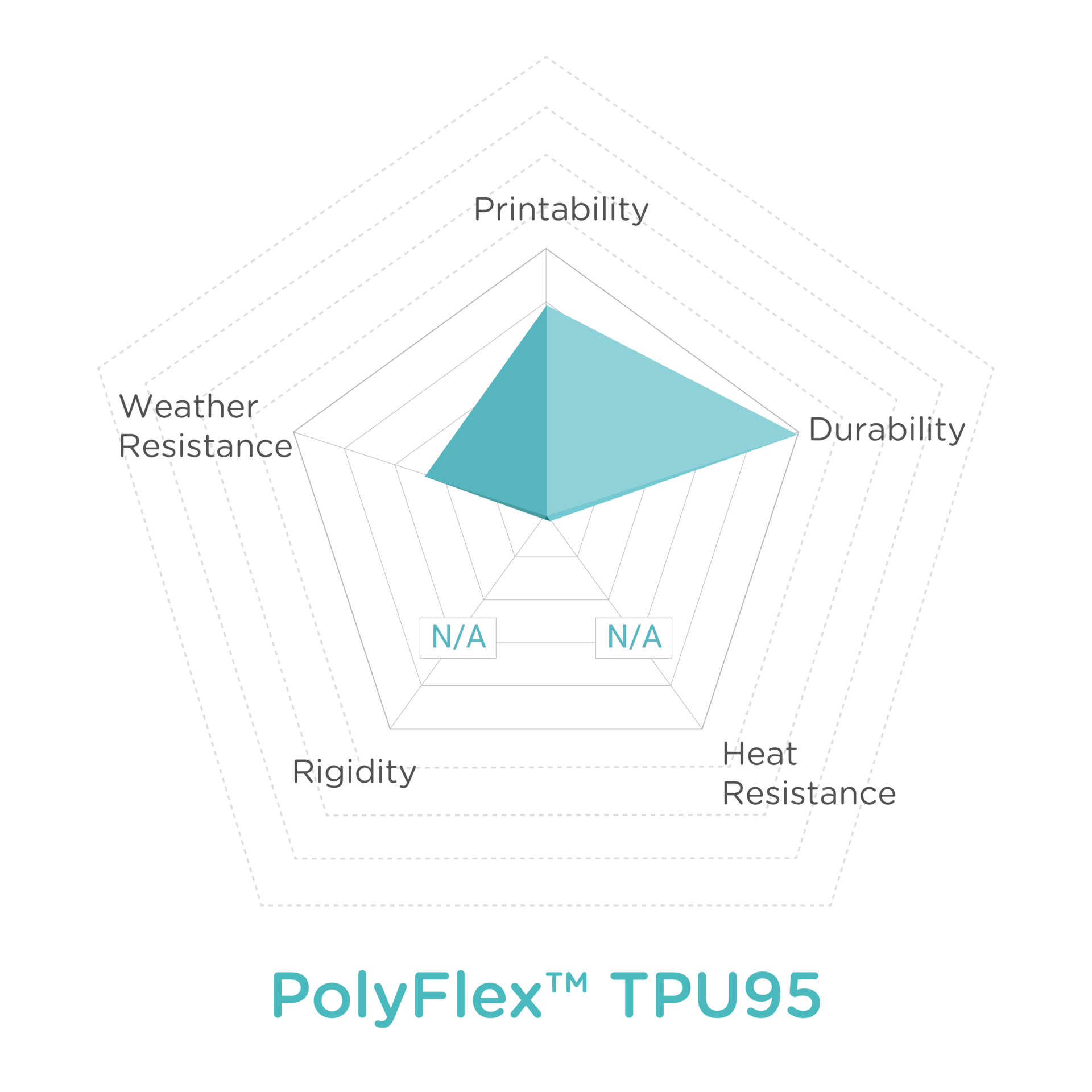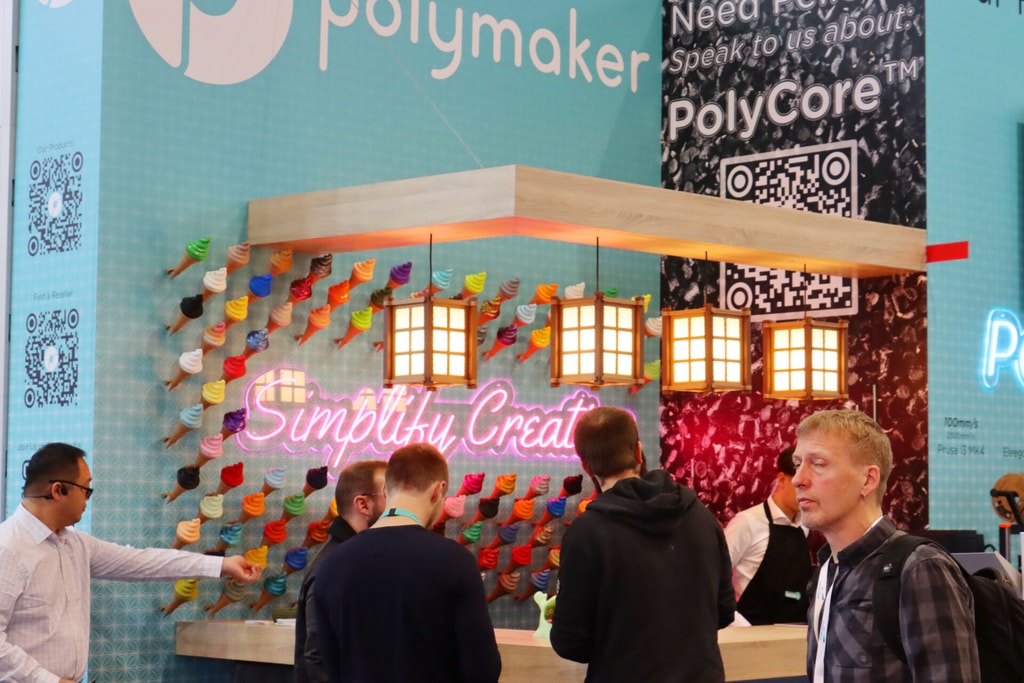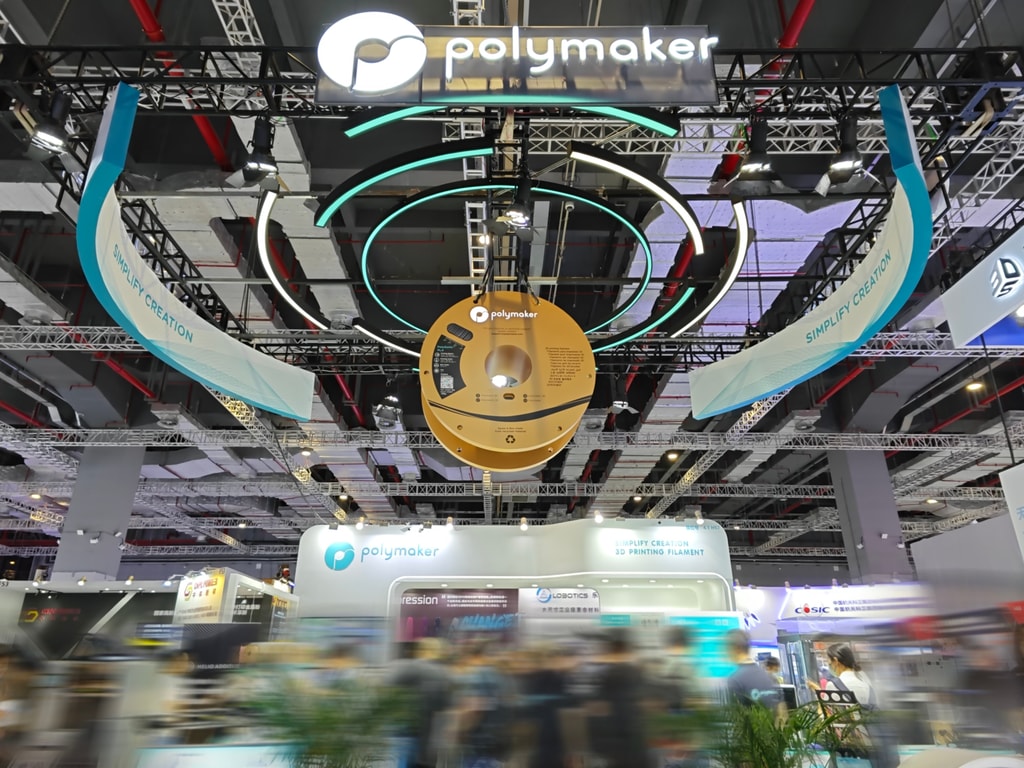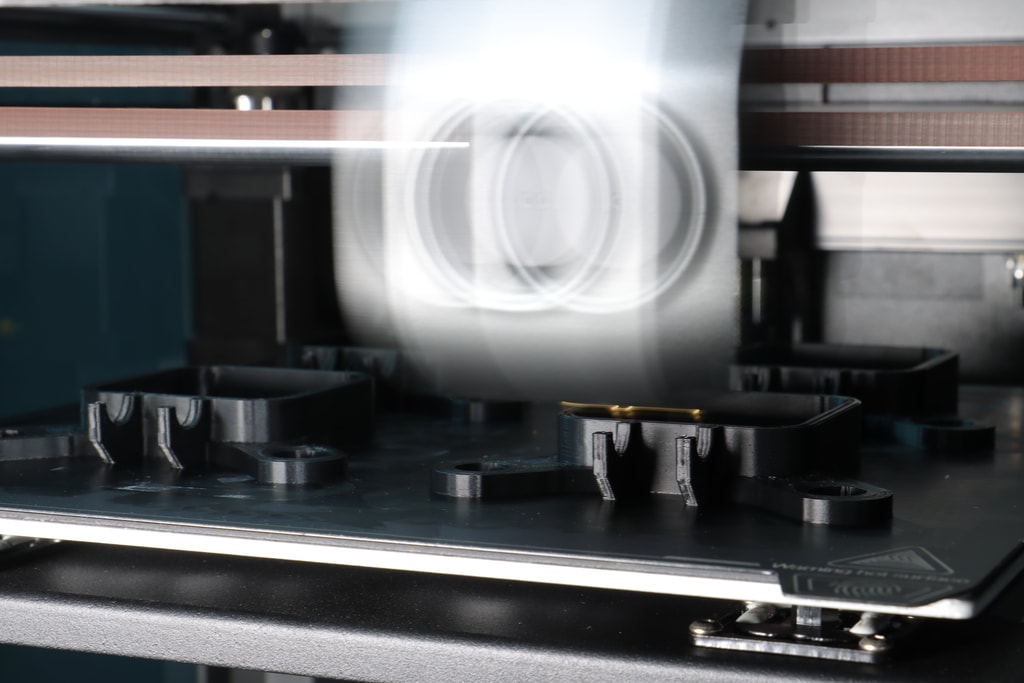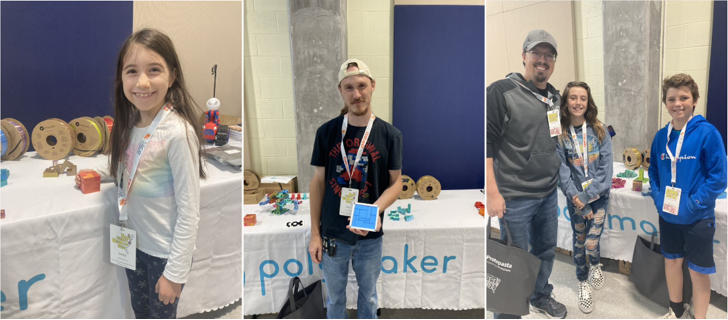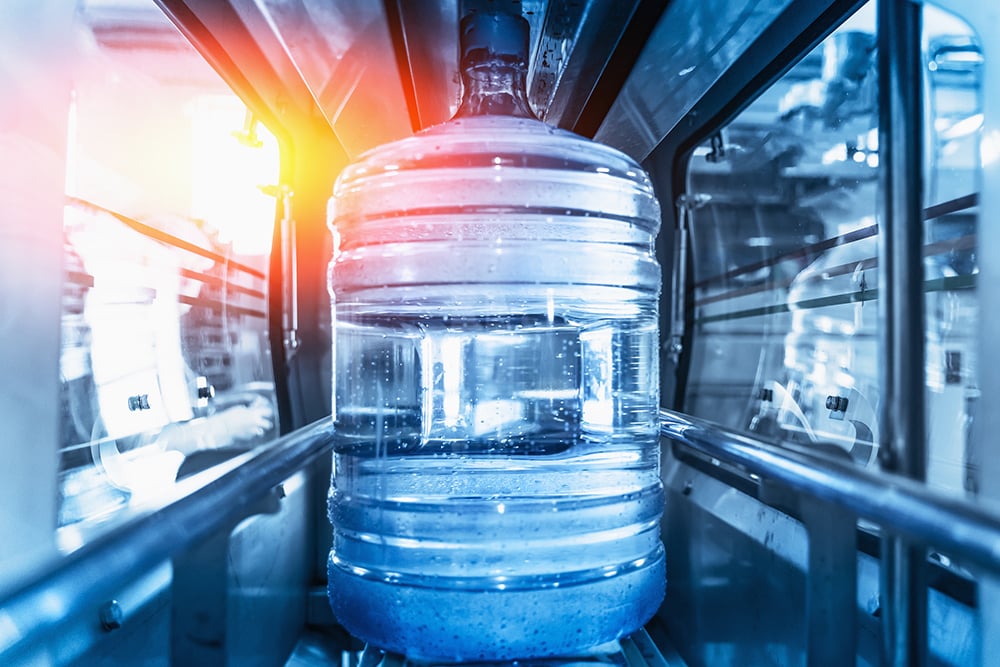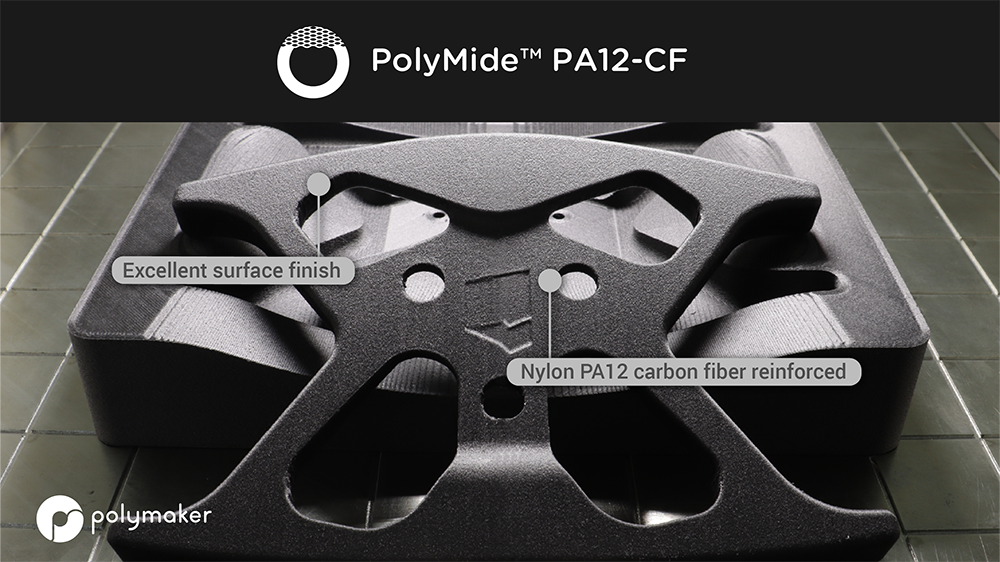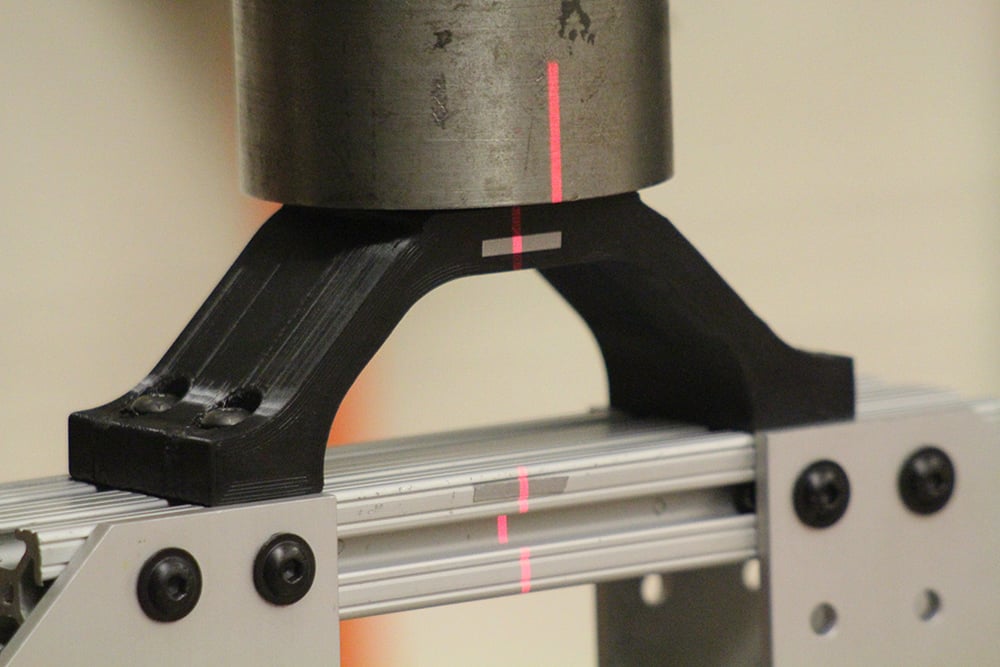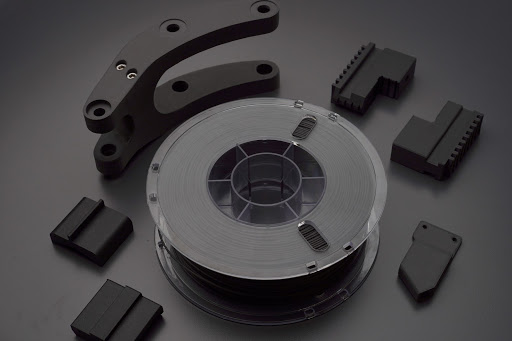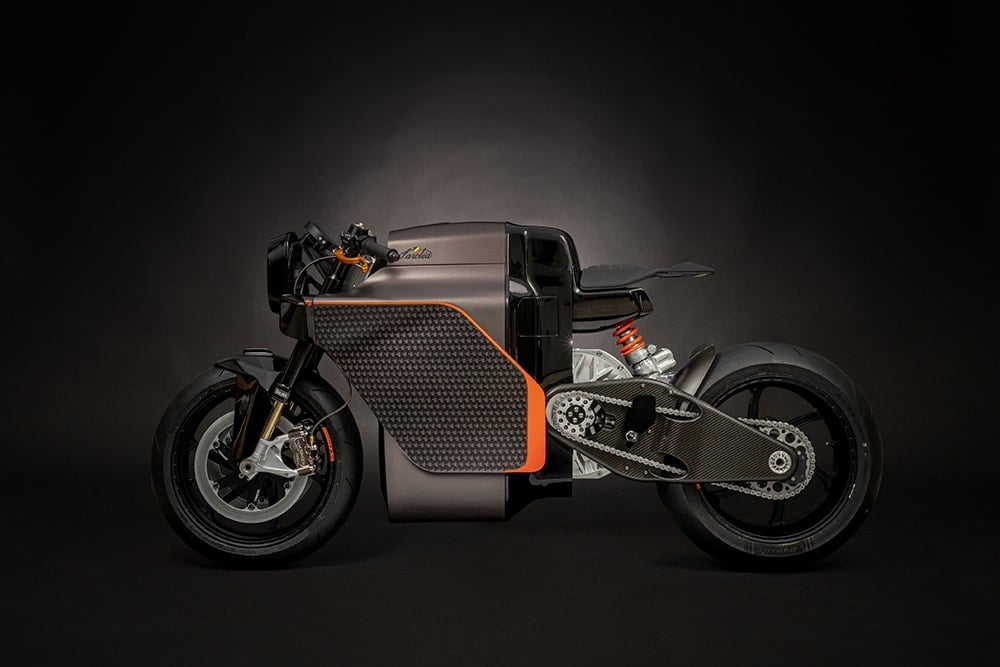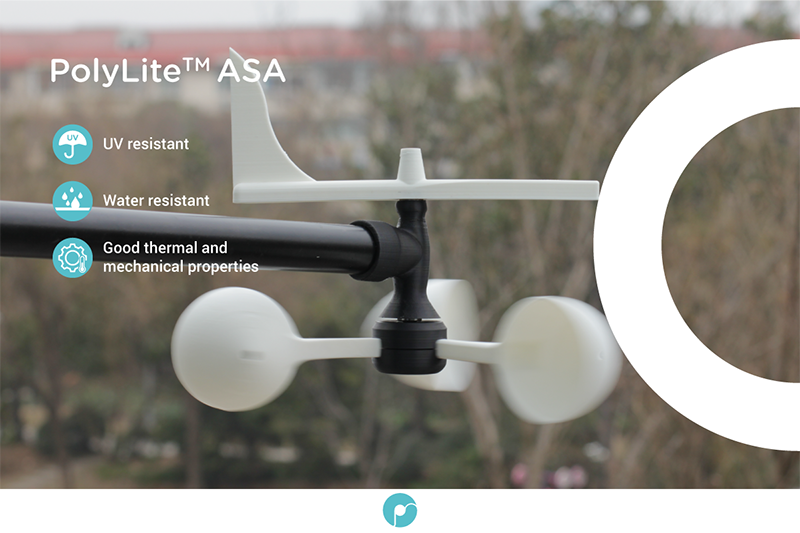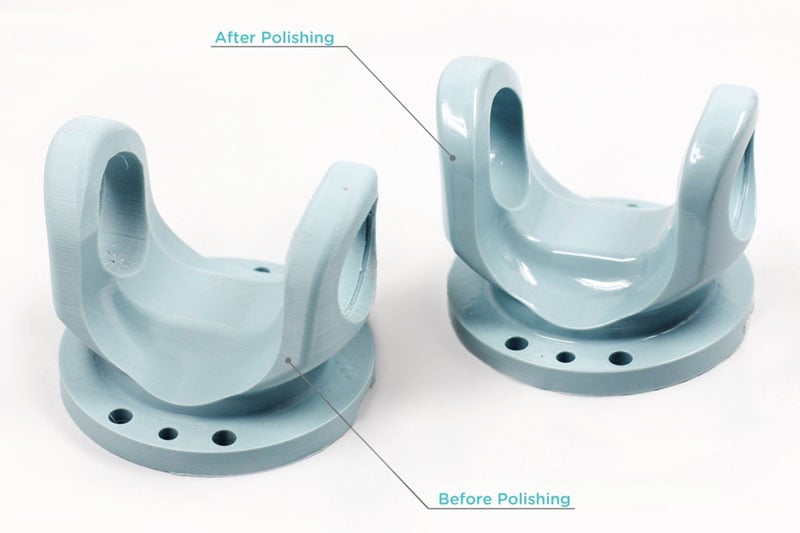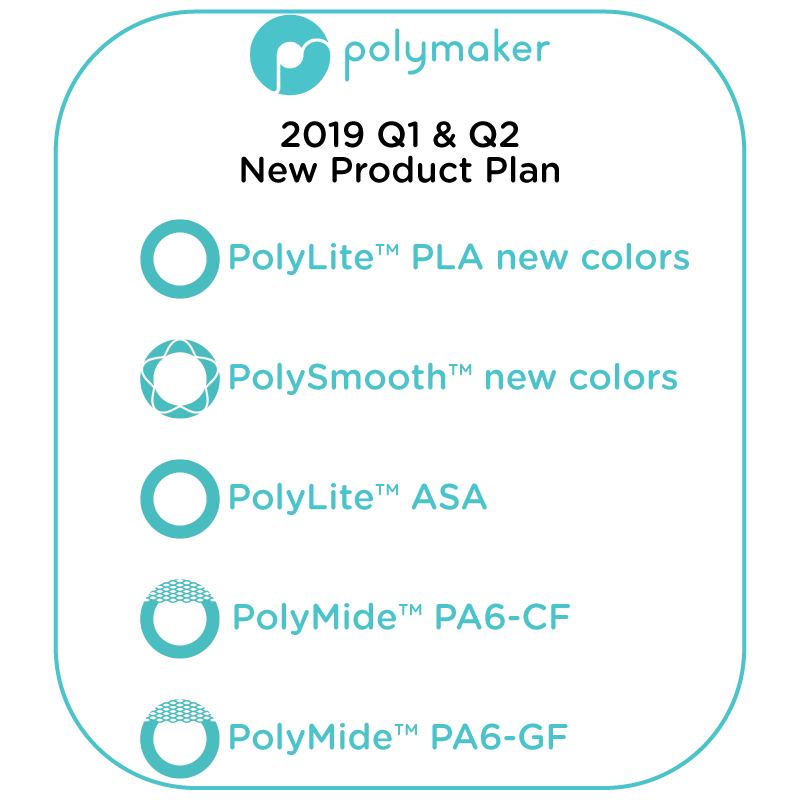TAKING PRINTED PARTS THE EXTRA MILE
3D printing has changed the way we would traditionally manufacture. Additive manufacturing is much more efficient, faster and cheaper than the more conventional way of modeling. The fact remains though, that the quality of model you get from a printer doesn’t match our expectations. Our perception of a plastic part is shaped by subtractive mass manufacturing. We expect smooth glossy surfaces as standard to which the bar has been set very high for a number of decades. To then show a newcomer a printed part, with its geometry flaws, rough surface and layer resolution, the promise of what they had in mind seems unimpressive compared to what they know of plastic parts. In this article we will discuss the post processing options available to FFF/FDM printed parts, showing you how to take your prints through the threshold and into the league of high quality parts set by the industry, only difference being, your parts are unique.
For this project, I want to demonstrate how to achieve a professional finish using only 3D printed parts, filler and paint. As more and more new printer manufactures claim they can print at 10 microns layer resolution, you would assume eventually the layer resolution and surface roughness would become negligible. But from what I’ve seen anything under 100 microns makes little or no difference to surface smoothness and print quality. This fact is the limitation of FFF/FDM printers, essentially this is the heart of the technology and to truly overcome the issue you must post process to achieve the professional quality we are all used too.
The first issue is size, of course there are large scale printers that can print life size busts in one go, but these machines are costly and do not represent the vast majority of desktop users. So to finish a life sized bust, you must first split your model and then print in sections. For the Iron Man, I used the Makerbot Replicator 2. This is still my go to printer, today it may be considered “retro” but it is a fantastic printer and very reliable for printing PLA. Choosing a suitable material for the job is essential to the project. For the iron man bust, I chose PolyMax, PolyMax offers great detail and surface quality which vastly saves time when starting the sanding process. The other main benefit is that PolyMax is warp free. This is particularly important as my model is split into sections and joining warped sections can leave huge voids and create problems down the line.
The next hurdle is joining these sections, initially I tested with superglue but found that it doesn’t bond PolyMax very well. My next choice was a two part epoxy resin glue, this bonds the printed parts very well. Usually I would key up any surface before glueing parts together, however the layer resolution mimics the deep scratches produced by coarse sandpaper allowing a greater surface area for the glue to bond. While I’m a big fan of this glue as it really will stick just about anything to everything, its not very nice to work with, the smell is extremely strong and you can often feel light headed if your not in a properly ventilated area or aren’t using the correct respiratory gear. To avoid using the toxic glue I moved on to a friction welding technique, this is a very good process first introduced to me by one of our filament distributors in Australia. The idea is to use a short length of the same filament you used to print your model with, and spin the filament in a rotary tool. Then gently feed the fast spinning filament into your seam line. The friction created from the rotation raises the filament and model to their glass transition temperature at which point you feed the filament into the seam. This is a great technique for filling small gaps although the process is tricky and requires a steady hand. The strength of joint you achieve should rival that of a deposited layer, and the benefit that theres no foreign material being added to the joint makes this process perfect for joining parts. Once all the sections are joined, you can start to sand the PLA.
The softening temperature of most PLA’s is around 60°C, which can easily be reached by the friction created with a moderate sanding. This must be considered when working your surfaces. For this reason I would always recommend printing your model with at least 3 shells if its a surface you intend to sand. PLA is not a good conductor of heat, so the plastic tends to hold on to its residual heat from the sanding. Take often breaks to allow the plastic to cool, whilst also using water to sand with. The use of water not only helps dissipate the heat from the sanding it leaves you with a smoother surface and stops your sandpaper clogging. Use a block of high density foam to back your sandpaper, this will even the pressure from your fingers and leave you with a much flatter surface. As the PolyMax gets nearer the softening temperature, you’ll notice long strands rolling up between the sandpaper and your model, at this point your sanding is at its more efficient and you can remove the most plastic. Although its a very good indication to slow down or stop to let the surface cool .If your preparing for a primer and then colour on top, don’t stop sanding until all the layers have been eliminated. The primer will fill some very fine surface gaps, but don’t expect to build up paint to hide your layers. A 240 grit sand is sufficient for primer. Inevitably there will be some minor fluctuations between printed parts, which can create little steps once parts are joined. to solve this problem, I used a two part body filler. This is perfect for building up areas and filling gaps, be sparing with the filler though, remember less is more. Its much easier to build up thin layers than sand down big chunks. The filler sands very nicely and you can get a really high quality surface, however, the PLA and the filler will sand at different rates, for me the filler was disappearing quicker than the plastic so keep this in mind when building up steps. Try to paste your filler on both sides of the step, this way you don’t get a hard edge where the plastic meets the filler. Once you have filled all your seams and sanded your surface, its time to apply a primer.
I used an aerosol high build modelers’ primer, much like the filler try to avoid putting too heavier coat on. It will take longer to dry, has the tendency to run and drip and will spoil all the detail you’ve slaved over. Move your hand fast and make swiping passes, focus on keeping your hand a consistent distance away from your model, around 30 cm. Most aerosol primers will tack off in 10 minutes, so apply thin coats every 10 minutes and then leave overnight before you touch the model again. Where the surface may seem dry, its likely that some of the layers underneath can still be wet, this can cause fingerprints in the paint and even cause the top surface to slide. The paint needs sufficient time for the thinners to permeate the surface and evaporate. See the back of the can for proper drying times, but as a rule of thumb, overnight should be sufficient. The next day you can start working the primer, the primer will sand very quickly and is a delight to work after trawling through PLA and filler dust. Start with at least 400 grit sandpaper and work up, if you need a coarser paper then your problem lays beneath the primer and you’ll have to re-evaluate your initial PLA sanding. Always use water when sanding primer, your sandpaper will clog up very quickly otherwise and it will leave you a smoother surface. I repeated this step several times until I had a good coverage of primer all over my model.
If your primer is white and matte, which most are, its hard to tell if there are any low points or dips on the surface of your model. Matte finishes are fantastic for hiding little undulations, get them out now instead of finding them in your lacquer. A good technique is applying a witness coat to your model. This is a very fine speckle in a contrasting colour to your primer. You want the speckles all over whilst not applying too much paint. The point is that when you sand the witness layer you’ll leave paint speckles in the low spots and sand away everything else. This helps indicate where to apply filler if its really bad or where to carry on sanding. Once you have a lovely primed surface, rub the primer one last time with 1000+ grit sandpaper until its completely flat.
Your model is now ready for the top coat, for the Iron Man bust, I required two colours. Pick which colour you want to paint first carefully, you want to pick the colour that will require the least amount of masking. It was far easier painting all the areas red first and then covering with gold. As a general rule paint from light to dark, this is so your light colours wont be effected by the darker undercoat. Yellow is a particularly weak colour and almost everything apart from a white base will show through. Blow away any dust from your model and degrease the surface. Apply your top coat in a similar fashion to your primer, move your hand very fast at first and slowly build up colour, you really don’t want a run in the paint at this stage. So if your nervous hold the can a little further away. Once finished leave the paint a good 24hrs to harden before applying any masking tape. This is one of the most common problems with painting and often the tape leaves marks in paint thats not fully cured. Carefully mask your model and then apply your second colour, wait until its fully dry before removing the masking tape. At this point Iron man just needs a few highlights and low lights to tie the paint job together. I applied black with an artists brush in any seams to give depth to the model and highlighted any bolts or shiny parts and voila!
The finishing process really requires a lot of patience so try not to rush any stage as its very frustrating when it goes wrong. It can be one of the most challenging and rewarding processes to take a model from the print bed to something you could actually sell. But be careful as you walk a fine line between Tony Stark and Fred Flintstone.











